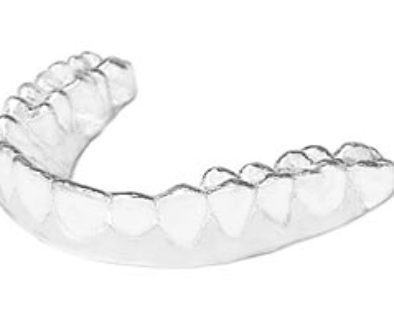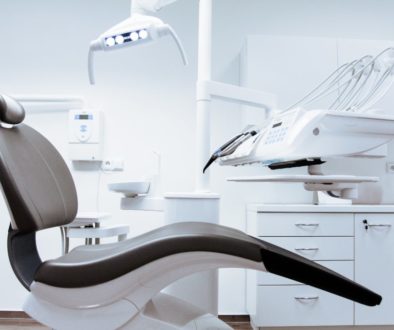Routine Cleanings
 Most people believe that the important part of the dental cleaning is when the dental hygienist uses the minty paste and polishes their teeth. Believe it or not, that is actually the least important part of the whole process! Lets run through all the different things that your dental hygienist does during your cleaning visit.
Most people believe that the important part of the dental cleaning is when the dental hygienist uses the minty paste and polishes their teeth. Believe it or not, that is actually the least important part of the whole process! Lets run through all the different things that your dental hygienist does during your cleaning visit.
Updating your medical history
Did you know that the health of the mouth has a direct link with many other health conditions? Your hygienist makes sure your health history is updated so we can take those things into consideration when recommending any sort of dental treatment.
Checking the periodontal health of your teeth
Most hygienists will check all around your teeth for signs of gum disease at least once a year.
Updating your x-rays
New patients usually have a comprehensive set of x-rays and thereafter once every 3-5 years. For returning patients 4 bitewing x-rays are taken once a year to check for cavities in between the teeth as well any signs of gum disease.
Scaling your teeth
This is when they take those sharp instruments and remove any hard build-up on your teeth. This is one of the more important parts of your cleaning visit. Those hard deposits on your teeth, also known as calculus, are nearly impossible for you to remove yourself. If these areas aren’t cleaned off it can lead to gum disease and bone loss around your teeth. If your hygienist only polishes and doesn’t scale, you’re likely not getting a thorough cleaning (unless you’re the 0.1% of people who have no calculus build-up at all).
Polishing your teeth
So we’re back to polishing your teeth. Polishing simply removes a lot of the soft plaque and stain on your teeth. Studies have shown very little clinical benefit to this part of the cleaning but it is done mostly so that your teeth feel nice and clean when you leave. Believe it or not, you can get this exact same feeling simply by doing a really thorough brushing. A good electric toothbrush works even better.




July 12, 2017 @ 11:29 pm
The importance of a proper, regular brushing schedule still has no substitute.